Can dingoes contribute to ecological restoration of the WA rangelands?
David Pollock argues the yes case
By Patrick Francis
For David Pollock on Wooleen station, restoration of highly degraded ecosystems across the Murchison and Gascoyne sections of the Western Australia Southern rangelands so that pastoralism has a viable long-term future will only be achieved by managing total grazing pressure applied by livestock, feral goats and kangaroos. At the same time as habitat is being restored native animal biodiversity will only recover if the existing two predators foxes and cats are removed.
Pollock points out in “The Wooleen Way” (published August 2019) that “In 1990 the (WA) Department of Agriculture and the Australian Bureau of Statistics used aerial surveys to estimate that kangaroos alone were exerting as much grazing pressure in the rangelands as sheep and goats combined. But the grazing pressure of kangaroos has never been included in the official stock tally (for each station).”
The solution for Pollock is biological control of kangaroos, feral goats, foxes and cats using dingoes. It’s Pollock’s most controversial idea because it lights a fire on pastoralists’ emotions surrounding this apex predator killing and maiming livestock.
He recognises how momentous this concept is: “The devastating effect of dingoes on the sheep population has sent waves of horror through a community that 25 years ago, all ran sheep. Their hatred of the dingo would be a product of having experienced first-hand the destruction of their sheep.”
He contends the dingo hatred continues to be strong even amongst pastoralists who have changed from sheep to cattle enterprises. This is due to their solidarity with those still running sheep outside as well as inside the State Barrier Fence.
Using apex predators to restore the health of ecosystems degraded by overgrazing is controversial world-wide. It’s most famous advocate is probably the great USA ecologist Aldo Leopold who highlighted it in the book “A Sand County Almanac” published in 1949.
As a young man Leopold hunted wolves in north west USA, “I thought that because few wolves meant more deer, that no wolves would mean a hunter’s paradise. …Since then I have lived to see state after state extirpate its wolves. I have watched the face of many a newly wolfless mountain and seen the south-facing slopes wrinkle with a maze of new deer trails. I have seen every edible bush and seedling browsed, first to anaemic desuetude, and then to death….While a buck pulled down by wolves can be replaced in two or three years, a range pulled down by too many deer many fail of replacement in as many decades.
“So also with cows. The cowman who cleans his range of wolves does not realise he is taking over the wolf’s job of trimming the herd to fit the range. He has not learned to think like the mountain. Hence we have dustbowls, and rivers washing the future into the sea.”
The role of the apex predator to manage grazing pressure was “recognised” well before Leopold. There is a fascinating Australian example written in the memoirs of one of western Victoria’s earliest settlers. Writing about his experiences establishing a cattle station between Port Fairy and Portland in 1840/41, Rolf Boldrewood soon discovered the importance of dingoes for preserving grasslands:
“The dingo had likewise disturbed our rest. He used to eat calves, with perhaps an occasional foal, so we waged war against him. We were not up to strychnine in those days. With the help of our kangaroo dogs, and an occasional murder of puppies, we pretty well cleared them out.
“As cattlemen, taking a selfish view of the case, we need not have been so enthusiastic. Though he killed an occasional calf, the wild hound did good service in keeping down the kangaroo, which, after his extinction, proved a far more expensive and formidable antagonist.
“We had more than once seen a small pack of dingoes surrounding an “old man kangaroo” in the winter time, when from weight and the soft nature of the ground he is unable to run fast. They also kill the “joeys” or young ones, when too small to run independently, though not to feed.” (Source: “Old Melbourne Memoirs” published 1896 by MacMillan & Co)
The history of pastoralism in Australia has been based around protecting livestock from the predator dingo and pastures from pest rabbit. Successive governments constructed a series of “dog” proof fences separating agricultural zones from pastoral zones to keep dingoes and wild dogs (dingo domestic dog cross) away from livestock and higher density human populations, figure 1.
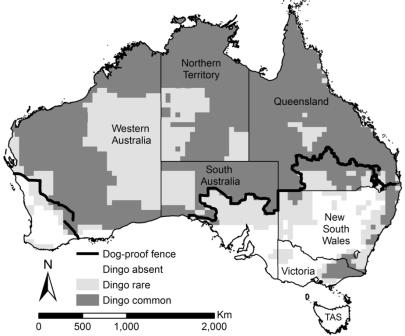
Figure 1: Dog proof fences have been in place for decades in an attempt to keep dingoes out of the more populated sheep farming districts across eastern and southern Australia.
In Pollock’s approach to managing total grazing pressure on rangelands the role for dingoes only exists where sheep and managed goats are excluded from the rangeland or are protected behind exclusion fences. This condition is also controversial as it in effect discriminates between sheep and cattle producers and their rights to run enterprises they are experienced in and/or have stations with particular facilities to suit particular livestock types.
In practice however, pastoralists in the WA Southern Rangeland’s Murchison and Gascoyne districts have been exiting sheep production since the early 1990’s. So negative consequences of ‘forcing’ a shift from sheep to cattle enterprises are not widespread but may still affect a small number of families preferring to run sheep.
There is also an enterprise economic outlook component of the sheep versus cattle debate. In the last five years the outlook for sheepmeat and Merino wool has improved significantly on the back of declining flock size in sheepmeat and wool exporting countries. It provides an economic argument for sheep to return into the southern rangelands if dingoes are under control there.
In WA the government and pastoral industry have an expectation that dingoes must be controlled. This is clearly annunciated in the WA Wild Dog Action Plan 2016 – 2021, “The objective is to reduce the impact of wild dogs on agricultural production and biodiversity by 10% per annum.”
This is a curious objective as there isn’t any data to demonstrate trends in levels of agricultural production in the rangelands or analysis of how key factors determine livestock production. Given such variable rainfall exists and the rangelands are impacted by severe pasture degradation determining impacts of wild dogs would seem difficult.
The Wild Dog Action Plan points out that across most of WA pastoral districts there has been a constant decline in livestock numbers since the early 1990’s, figure 2 and 3.
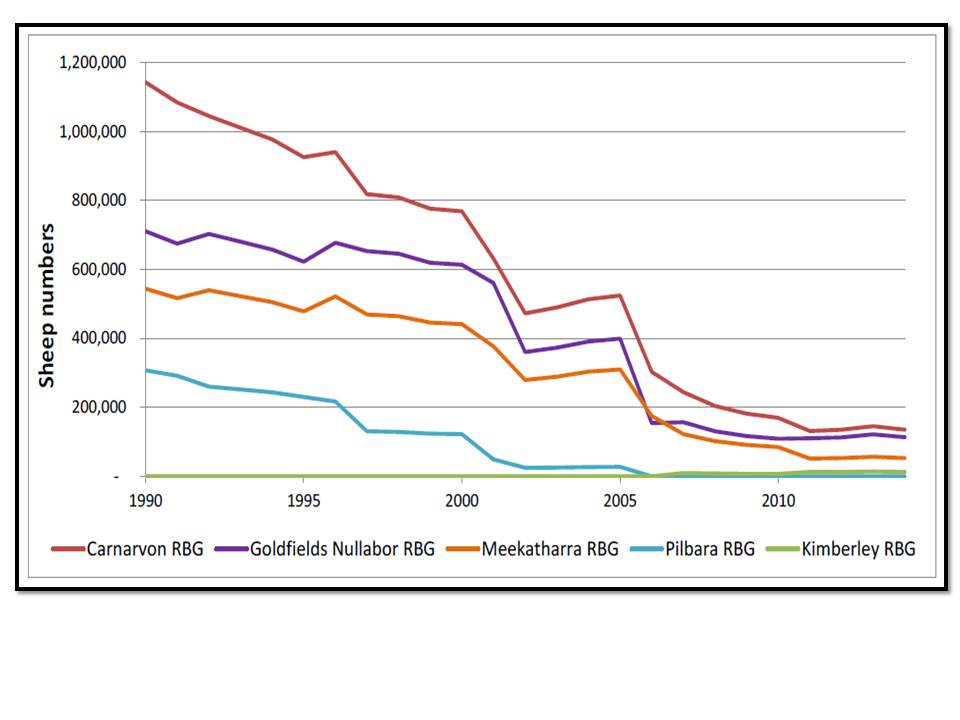
Figure 2: Sheep population trends in WA rangeland Recognised Biosecurity Group areas 1990 to 2016. Source: Wild Dog Action Plan 2016 – 2021.
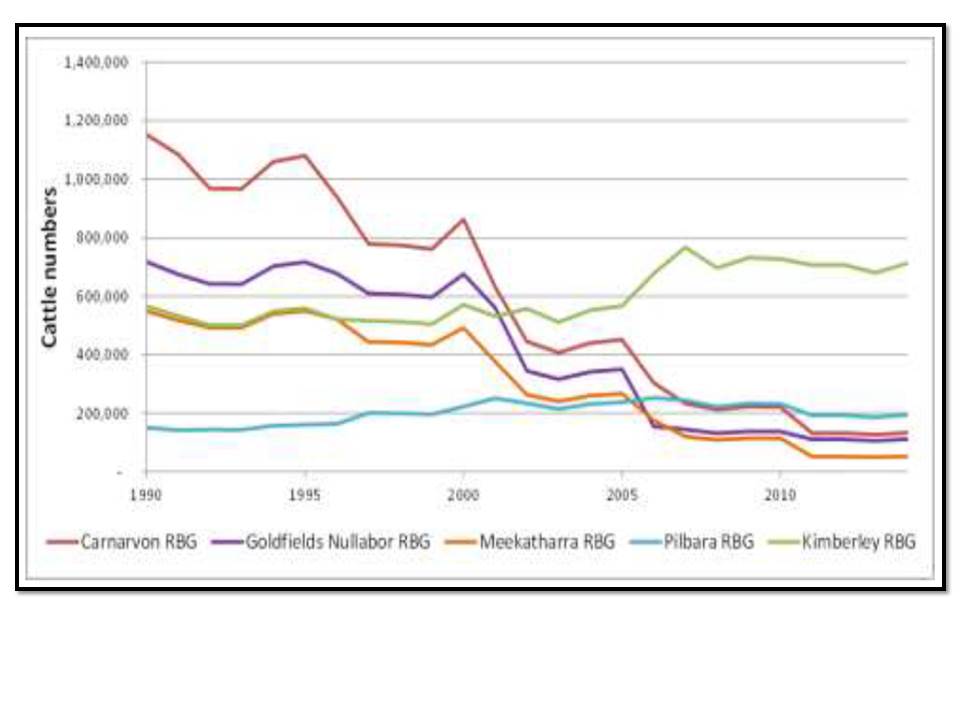
Figure 3: Cattle population trends in WA rangeland Recognised Biosecurity Group areas 1990 to 2016. Source: Wild Dog Action Plan 2016 – 2021.
In the Meekatharra Recognised Biosecurity Group (RBG) area in which Wooleen station is located, sheep and cattle numbers have declined to extremely low levels in 2016 compared to 1990. But the Plan does not give any explanation for the decline.
There are no direct references to Pollock’s key concern that the rangeland in the Meekatharra RBG area is becoming increasingly degraded and can no longer support previous livestock numbers. The fact that cattle numbers have also continued to decline suggests pasture degradation is more likely the cause of decline than any other factor.
Contrast the cattle population change in the Pilbara and Kimberley RBG areas where dingoes are widespread with that of the Gascoyne RBG where they are less common, Figure 1. Given dingoes do predate on cattle herds, killing calves and biting adults, their impact hasn’t been sufficient to decrease the herd population in the Pilbara and Kimberley.
The Plan provides a possible explanation as to why the cattle populations in the Kimberley and Pilbara are not declining despite the presence of dingoes. “Within the northern rangelands of WA wild dog diet is dominated by macropods (kangaroos). …There is some evidence that negative impacts of wild dog predation on cattle enterprises may be offset by reductions in kangaroo competition with stock.”
This seems to fit with Pollock’s thinking for not killing dingoes in the rangelands. Once the Murchison/Gascoyne rangeland pastures have recovered from degradation as he intends with destocking livestock and allowing dingoes to keep the kangaroo and goat populations in check, on return of cattle only (not sheep), the rangeland is capable of sustainable livestock production in conjunction with the dingoes.
The Plan acknowledges the positive role dingoes can play in a sheep destocked rangeland. “Wild dogs are recognised for their ability to regulate abundances of native and introduced herbivores such as macropods and goats.” But doesn’t follow-up with any recognition that in such an environment the destocking gives the rangeland pasture, trees and shrub species a chance to recover as Pollock is advocating.
According to Pollock “The effects of the dingo coming back into our area have been startling. All of a sudden there are huge germinations of sheoak, bottlebrush, river red gum and sedge and grass species in the river floodplains. It is the first time since sheep and cattle arrived in the Murchison region 130 years ago that we have had a persisting generation of these essential trees.”
The Plan provides cautious acknowledgement that dingoes can help native animal recovery in the rangelands. “There is evidence that, in some contexts, wild dogs can affect abundance or activity of introduced predators (feral cats and foxes) such that smaller native prey can increase in abundance, although this remains a focus of active scientific debate.”
Pollock has already witnessed the demise of foxes since dingoes have returned and believes more wildlife like turtles and ground nesting birds are returning to Wooleen station. He says cats have changed their behaviour and avoid areas where there are no trees like the Wooleen Lakes to escape into.
Despite the positive ecological perspectives in the Plan, its recommended strategies leave no room for dingoes in the Southern Rangelands because of existing or possible future sheep flocks on pastoral leases:
“There is no tolerance for wild dogs in small livestock production due to the destruction they cause in direct attacks on lambs and adult sheep, and the production impacts from miss-mothering and stress on the mob.
Action plan priority: eradication of wild dogs in sheep grazing areas.”
And for cattle: “Cattle enterprises across the northern and southern rangelands have reported significant and increasing levels of damage and losses from wild dogs. Calves are particularly susceptible to attack which usually results in death, while attacks on adult cattle may not be lethal but significantly impacts their productivity. The costs flow through to the processing sector with bite marks and scarring downgrading carcase values.
Action plan priority: targeted management of wild dogs in cattle areas.”
But in its discussion about funding eight Licenced Pest Management Technicians (LPMTs), commonly known as Doggers over five years from 2011/12 at a cost in excess of $3million per year the Plan makes a startling admission: “Overall, the activities of LPMT provide strong returns to investment in all areas with the exception of the Meekatharra and Goldfields Nullarbor RBGs, where wild dog management activities are marginal due to the vast expanse of the landscape and poor rangeland condition.”
So once again there seems to be an argument, in some pastoral areas such as the Meekatharra RBG where Wooleen station is, for using dingoes as a means to control the uncontrolled grazing pressure of kangaroos and feral goats because the station livestock carrying capacities are so low due to land degradation that the pastoral businesses cannot afford to contribute to the costs of dog control. As well, public funding for dingo control in these pastoral districts seems hard to justify.
Pollock contends the millions of dollars spent on controlling wild dogs/dingoes in the rangelands at least, are not having an impact on numbers and their increased presence is having some positive impacts. “Total grazing pressure on the rangelands pasture has been at least halved…. Goats have completely disappeared from hundreds of thousands of square kilometres of their former territory. This is something that we have been unable to achieve since the 1920’s, when they were first designated as vermin.
“I estimate that kangaroo numbers are also down by 80 -90%. This is highlighted by the fact that no professional kangaroo shooters operate out of the Murchison.”
If sheep farming is to continue and possibly expand within the Southern rangeland Pollock agrees with the Plan that there will have to be a dog exclusion fence around them. “Without it, sheep producers will be battling against them (dingoes) forever.” He supports maintenance of the existing barrier fence and building a new fence encompassing the sheep stations, despite the high cost involved. But he cautions about any new exclusion fences, “ …how will the total grazing pressure be managed in the absence of dingoes”.
In February 2018 the WA government announced $4.03million to help fund four exclusion fences in the Southern Rangelands, figure 4.
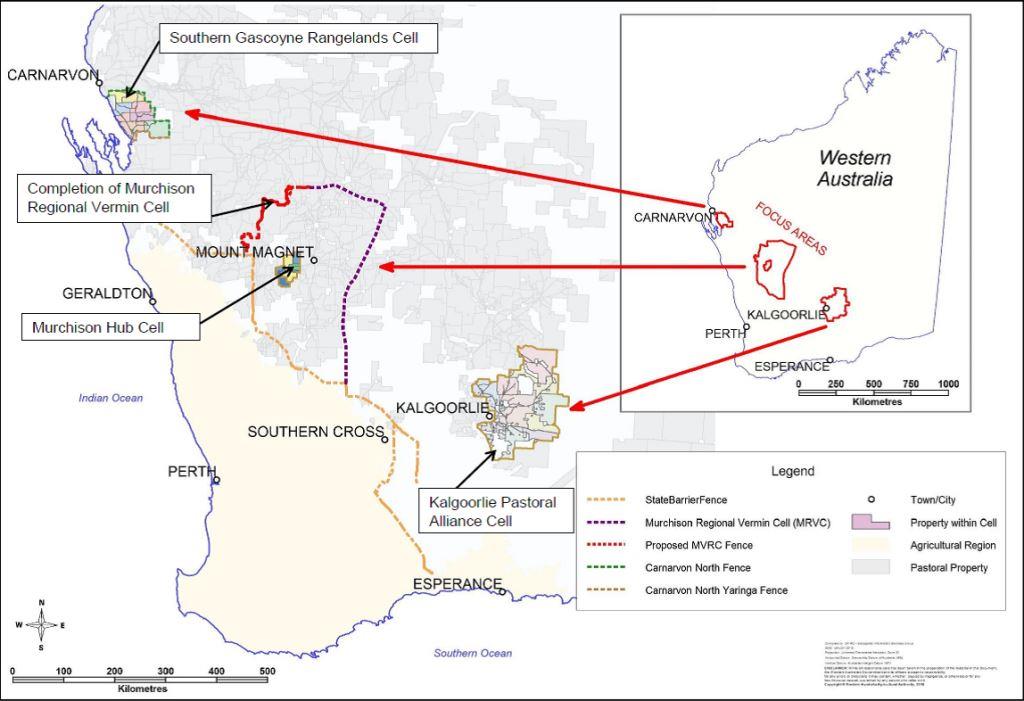
Figure 4: The four new exclusion fences in the Southern rangeland will add 1500km to existing barrier fences.
In the media release associated with the announcement the government indicated that controlling dingoes within four the new exclusion areas will enable pastoralists to lift small stock numbers by around 400,000 head – a more than 20-fold increase. There was no indication of the impact on total grazing pressure once the dingoes had been removed from inside the exclusion fence areas. How the kangaroos and feral goats inside the exclusion fences would be controlled and how long destocking from livestock would be needed to enable the rangeland to carry the increased stock was not mentioned.
Find out more: The WA Wild Dog Action Plan 2016 – 2021 was published in 2016 and is available on line. It contains an excellent set of references of scientific research into dingoes and wild dogs. Lead photo source unknown.
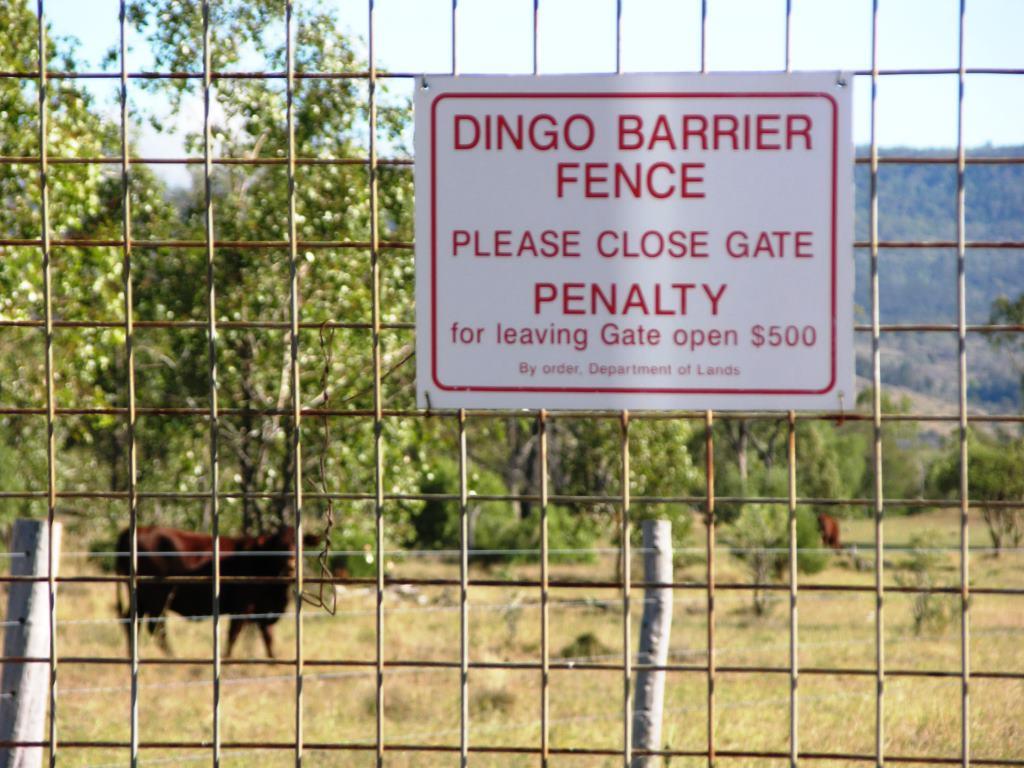

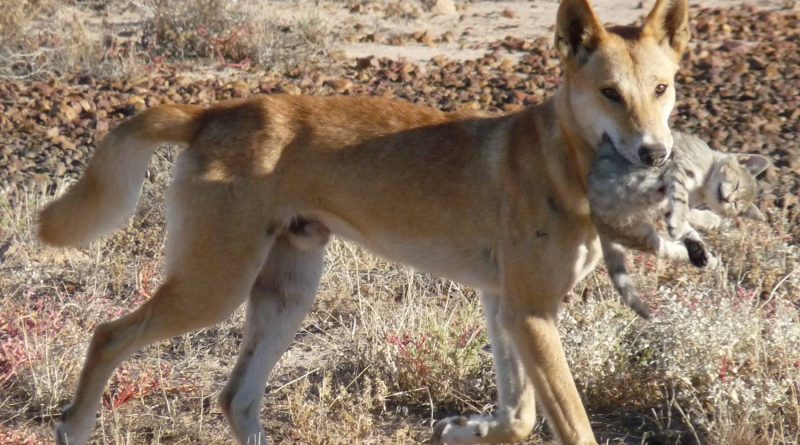
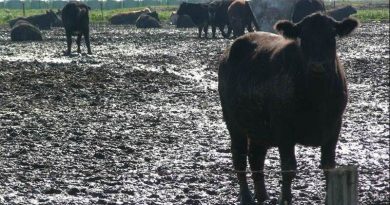
Also the figures in the DPIRD report are only from 2001-2016, unlike the Wild Dog Action Plan which is 1990-2016. But Dingoes have only been a major problem for Southern rangelands pastoralists in the 2001-2016 timeframe. The WDAP records (on ph 26, under the heading Rangeland Goats) that the SR held 1,000,000 goats in 2005 (an all time high) , and that this figure was reduced to 150, 000 in 2011, and 65,000 by 2016. So why include the figures back to 1990? Because thats the time that the wool industry collapsed, and people were being paid by the government to shoot their sheep, during a drought. As you and figure 2 indicate, the majority of this collapse happened before the dingoes came back, which was after 2005.
Hi Patrick
I suggest this report by the WA Ag department, which uses figures reported by pastoralists as part of their annual return, might be more accurate than those used by the Wild Dog Action plan. http://www.drd.wa.gov.au/Publications/Documents/Status%20WA%20Pastoral%20Rangelands.pdf
Part of any decline in stock numbers may also be attributed to the Department of Environment purchasing 28 whole and 32 parts of Stations to destock and add to the national reserve system between 1998 and 2004.